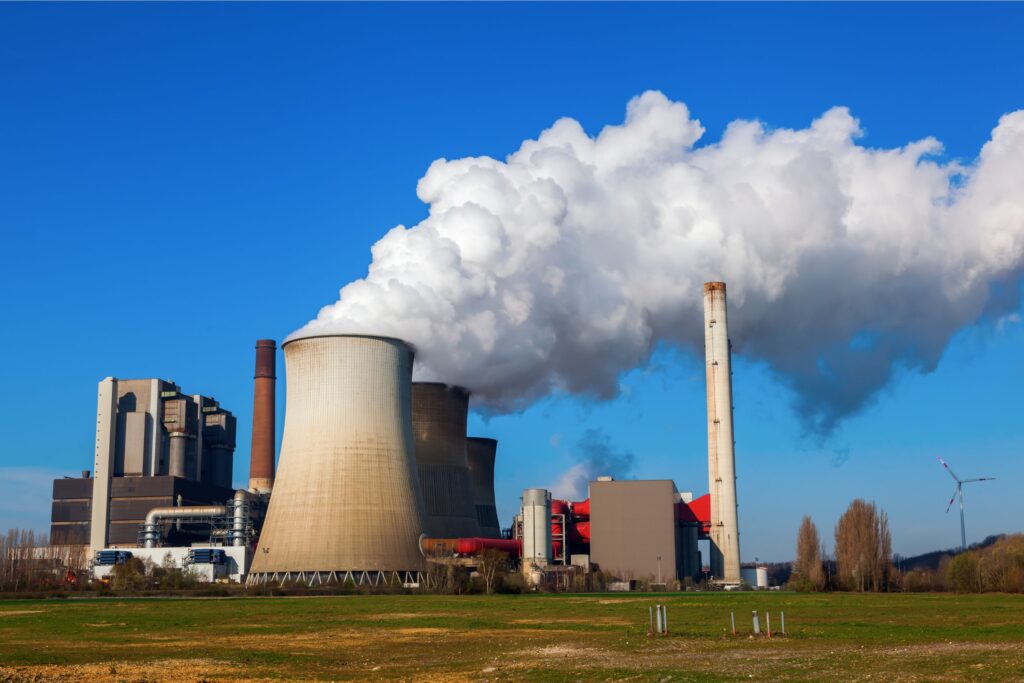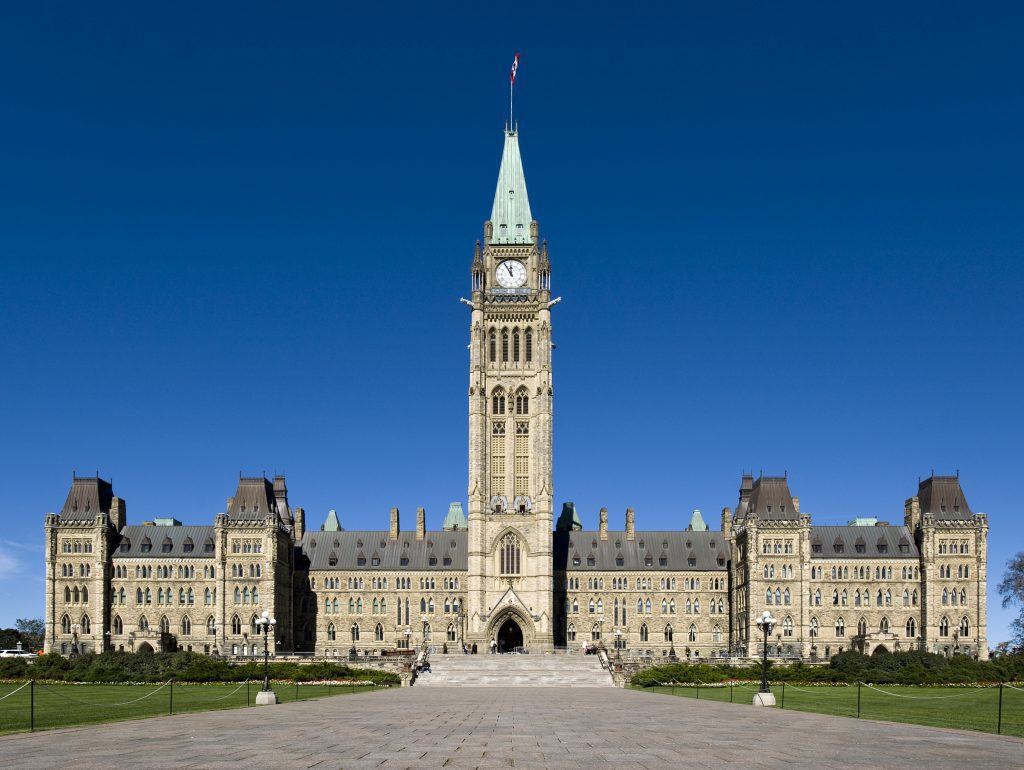Last week, we chalked up a win on climate change in Ontario. It’s not the kind of thing that grabs headlines. It’s likely that many of Ontario’s policy makers didn’t even know that it happened. And yet, it will have an important and positive impact on the province’s ability to reach its climate change targets.
So what happened, you ask? The Ontario Energy Board (OEB) increased the budget for natural gas conservation programs run by Union Gas, and required that the utility offer conservation programs to large volume customers.
By our calculations, this change of heart by the OEB will result in about 2.5 megatonnes (MT) less carbon pollution each year. That’s equivalent to taking over 500,000 cars off the road. Or the same as the emissions saved from not burning nearly 3 billion pounds of coal.
To put this into context, in Ontario there’s a 20 MT gap between today’s emissions levels and the target for 2020. A conservation program that can deliver 2.5 MT of emissions reductions will help close this gap. And I’m proud to say that Environmental Defence had a hand in securing this win.
I’ll back it up a little to explain what happened.
Back in 2013, Ontario Minister of Energy Bob Chiarelli committed the province to pursuing “all cost-effective conservation.” Conservation is the cheapest and easiest way to cut energy use and carbon pollution. Cost-effective conservation is defined as conservation initiatives where the costs of a new purchase (like a new furnace or better insulation) are more than offset by the energy cost savings resulting from the purchase. Cost-effective conservation, by definition, saves money while cutting carbon.
For example, let’s say a new energy efficient furnace costs $5,000 and lasts 20 years. Over the 20 years, you pay $8,000 less in energy costs with this new efficient furnace than you would have paid with your older less efficient one. As a result, you save $3000, and you pollute a lot less. This is cost-effective conservation.
Cost effective conservation can bring many other benefits too: new jobs, higher GDP, and lower government deficits, for example. In short, conversation makes lots of sense.
For this reason, Ontario’s commitment to putting conservation first was the right thing to do. Unfortunately, however, the commitment got hung up on implementation at the Ontario Energy Board. The OEB imposed arbitrary limits on conservation programming and discouraged the utilities from the pursuit of all possible cost effective conservation programs.
We flagged a number of issues with the OEB’s handling of conservation in a short report and sent a letter to the OEB with some of our allies. We also intervened at the OEB through formal channels to help shape conservation plans for the better. And we succeeded.
We and our allies convinced the OEB to change its view on the importance of the programs for large volume users, to ensure that the most cost effective conservation programs in North America continue to be funded.
By our calculations, the $4 million needed to run these large-volume conservation programs would double the forecast gas savings from all of Union Gas’ conservation programs and would result in a total of $156 million in energy cost savings. That’s worth celebrating.
Of course, our work’s not done. There’s still more to do on energy conservation, and lots more to do as the province rolls out its cap-and-trade program and the details of its climate change strategy.
But we didn’t want this win to go unnoticed. Not all wins grab headlines, and that’s okay. But in the fight against climate change, these quiet wins are just as important as the more sensational ones.







